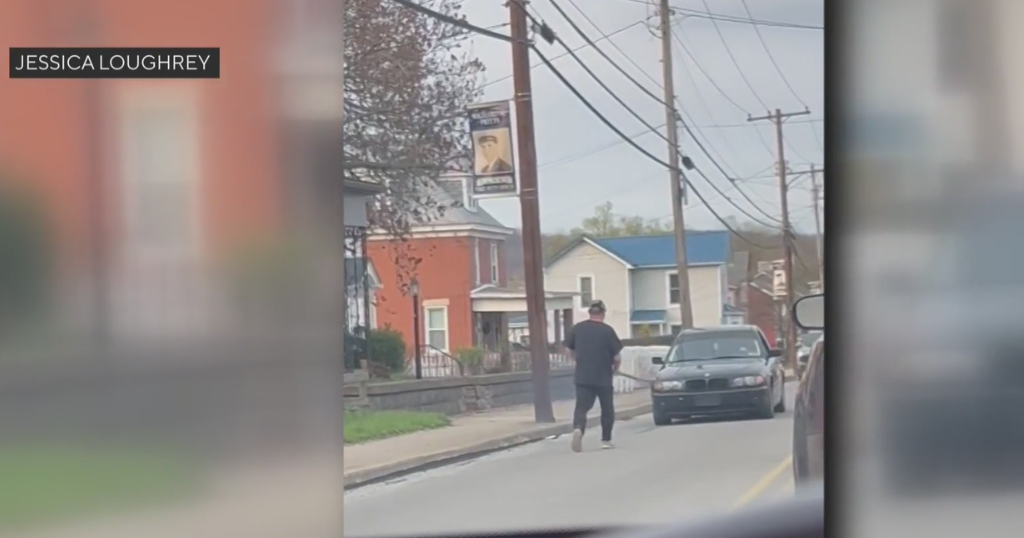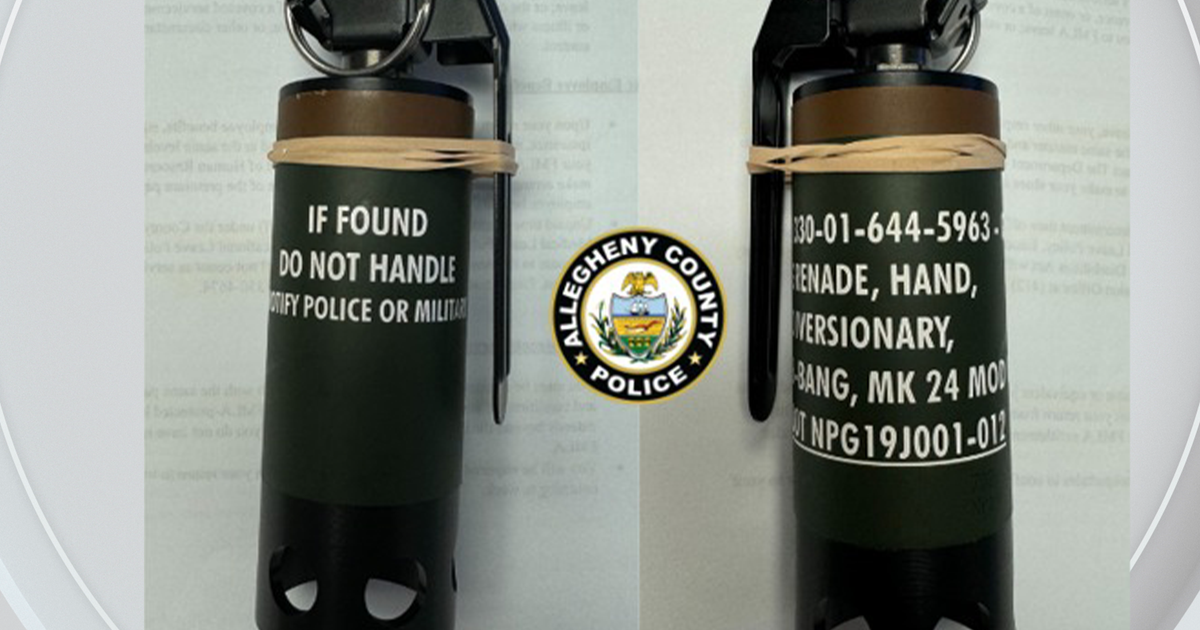A somber and solemn outcome has been reached in the trial of a Pennsylvania inmate accused of brutally murdering a correctional officer in 2018. The jury has delivered a death penalty verdict against the accused, bringing a sense of closure to the family and colleagues of the fallen guard. The heinous crime, which took place at the SCI Somerset prison, sent shockwaves through the community and left a lasting impact on those who knew and worked with the victim. As the court hands down its decision, we take a closer look at the events that led to this moment and the devastating consequences that have unfolded.
Case Background and Details
Verdict and Sentencing

In a significant ruling with profound implications for the criminal justice system, a jury determined that Paul Kendrick, an inmate at the State Correctional Institution (SCI) Somerset, would face the death penalty for his involvement in the 2018 homicide of prison guard Sgt. Mark Baserman. The decision, which was reached after a meticulously conducted trial process, underscores the severity of Kendrick’s actions and the jury’s intent to send a strong message to the criminal justice community regarding officer safety and the sanctity of law enforcement personnel. The jury deliberated over several days, ultimately concluding that the circumstances warranted the most severe punishment available under Pennsylvania law. This verdict not only marks a significant legal milestone but also reflects the community’s stance on justice and protection for those who serve in high-risk environments such as correctional facilities.

Incident Overview
The tragic event that unfolded on December 20, 2018, at the SCI Somerset correctional facility involved a brutal physical assault that resulted in the death of prison guard Sgt. Mark Baserman. The attack was meticulously documented by the state police, who filed a detailed affidavit highlighting the lethal violence used by Kendrick. According to the affidavit, Kendrick initiated the assault by striking Baserman in the face, followed by relentless punches to the head and brutal kicks to Baserman’s head, rendering the guard unresponsive. The violence was sustained and brutal, leading to Baserman’s untimely death and prompting an immediate investigation into the circumstances and the background of the perpetrator, Paul Kendrick.

Prior Offenses
Paul Kendrick’s criminal history predates the 2018 homicide and is notably marked by a 2014 conviction for a violent crime in Pittsburgh. Kendrick was sentenced to life in prison for that offense, which involved another act of lethal violence. The 2014 homicide, which was characterized by its brutality and the severity of the crime, established Kendrick as a dangerous and violent individual even before he was incarcerated at SCI Somerset. This background provided crucial context for understanding Kendrick’s character and the motivations behind his later actions within the prison facility. The 2014 case was a turning point in Kendrick’s life, setting a precedent for the kind of violence that would later manifest in the 2018 homicide of Sgt. Baserman.
Investigation and Trial Proceedings
Trial Process
The trial of Paul Kendrick was a complex and intensive process that spanned three weeks, starting with the jury selection phase. The selection of jurors was a critical stage in the trial, as it required finding individuals who could remain impartial and focused throughout the proceedings. The jury selection process, which took one week, was thorough, involving extensive questioning of potential jurors to gauge their ability to evaluate the evidence without bias. Once the jury was selected, the trial itself commenced with the presentation of evidence from both the prosecution and the defense.
The prosecution team, led by District Attorney Molly Metzgar, presented a robust case against Kendrick, including video evidence from the prison’s surveillance system, eyewitness testimonies, and forensic reports. The prosecution argued that Kendrick’s actions were premeditated and showed a complete disregard for the sanctity of human life. On the other hand, the defense team attempted to cast doubt on the prosecution’s narrative, suggesting that Kendrick’s violent outburst was an impulsive reaction to stress and psychological strain, rather than a planned act of aggression. However, the jury found the prosecution’s case compelling and sufficient to reach a verdict of guilt and subsequently recommend the death penalty.
Evidence and Testimony
The trial centered on the 2018 homicide of Sgt. Mark Baserman, a prison guard at SCI Somerset. During the proceedings, the prosecution presented compelling evidence that included surveillance footage, forensic reports, and witness statements that painted a grim picture of the attack. According to the state police affidavit, the attack began with Kendrick striking Sgt. Baserman in the face, followed by repeated punches and kicks to the head. The medical examiner testified about the extent of the injuries sustained by Sgt. Baserman, indicating the severity of the assault and the resulting brain trauma that led to his untimely demise.
Witness Testimonies
Key witnesses included fellow prison guards and medical personnel who provided firsthand accounts of the incident and the immediate aftermath. The prison guards testified to the chaotic scene they encountered upon arriving at the location of the attack, detailing their efforts to revive Sgt. Baserman. Medical personnel underscored the rapid response required to address the injuries, emphasizing the tragic outcome despite their best efforts.
Surveillance Footage and Forensic Evidence
The surveillance footage played a pivotal role in the case. It captured the moments leading up to and during the attack, providing a chronological sequence of events to the jury. Forensic evidence, including bloodstain patterns and residue analysis, corroborated the sequence of the attack and the force applied, supporting the prosecution’s narrative that the assault was both deliberate and lethal.
Prosecution’s Case
District Attorney Molly Metzgar, leading the prosecution, focused on presenting a clear and convincing case that highlighted the severity of the assault and the premeditated nature of Kendrick’s actions. Her strategy involved leveraging the graphic nature of the attack and the extensive forensics to portray Kendrick as a deliberate threat to prison security and the safety of law enforcement personnel.
Argument Analysis
In her closing arguments, District Attorney Metzgar emphasized the need to hold Kendrick accountable for his actions, stressing that the evidence clearly indicated a violent and intentional act against an unarmed prison guard. She argued that the death penalty was warranted due to the brutality of the attack and the significant risk Kendrick posed to the safety of prison personnel, arguing that such a severe sentence was necessary to protect others from similar violence.
Implications and Reactions
The verdict and the subsequent death penalty recommendation have significant implications for the legal and law enforcement communities. The reaction from the Baserman family and the broader law enforcement community has been closely watched, as this case has brought attention to the dangers faced by prison guards and the challenges in maintaining a secure prison environment.
Family and Community Response
The Baserman family expressed their profound grief over the loss of Sgt. Mark Baserman, but they also found some solace in the verdict. Family members stated that while nothing could bring their loved one back, the verdict represented a measure of justice and a recognition of the sacrifice Sgt. Baserman made in the line of duty. The law enforcement community echoed the sentiments of the Baserman family, expressing solidarity and a commitment to supporting the families of those who fall in the line of duty.
Officer Safety and Prison Security
Experts in prison security and law enforcement safety have noted that this case underscores the need for enhanced measures to protect prison staff. The incident at SCI Somerset has prompted discussions on revising protocols for inmate interactions, improving surveillance and response capabilities, and increasing the training of correctional officers to deal with violent incidents. The case also highlights the broader challenges in maintaining a secure prison environment and the need for continuous efforts to protect those who protect others.
District Attorney’s Statement
Following the jury’s recommendation for the death penalty, District Attorney Molly Metzgar issued a statement that underscored the significance of the verdict. Metzgar emphasized the importance of the verdict in sending a clear message about the community’s stance on violence against law enforcement and the stringent measures taken to protect the integrity of the prison system. She highlighted the dedication and professionalism of the Jury, noting their crucial role in reaching a decision that brings some measure of comfort to the grieving Baserman family and reinforces the community’s commitment to officer safety.
Conclusion
In a landmark decision, a jury has delivered a death penalty verdict against a SCI Somerset inmate for the 2018 homicide of a prison guard. The verdict marks a significant moment in the ongoing struggle to maintain law and order within the confines of the prison system. The jury’s decision serves as a stark reminder of the grave consequences that can result from violent and heinous crimes.
The implications of this verdict are far-reaching, as it sends a strong message to potential offenders that such actions will not be tolerated. The significance of this verdict also underscores the importance of maintaining a safe and secure environment for both inmates and prison officials alike. As the prison system continues to grapple with the challenges of maintaining order and discipline, this verdict serves as a reminder of the gravity of the situation and the need for continued vigilance.
As we move forward, it is essential that we continue to prioritize the safety and well-being of all individuals involved in the prison system. The verdict serves as a powerful reminder of the importance of justice and the need for swift and severe consequences for those who engage in violent and illegal behavior. As we continue to navigate the complexities of the prison system, we must remain committed to upholding the principles of justice and ensuring that those who are entrusted with our safety are held accountable for their actions.
